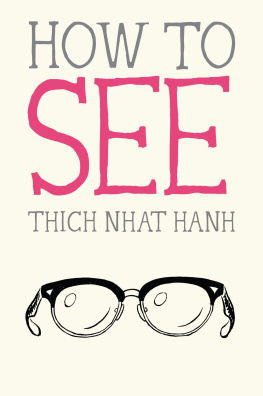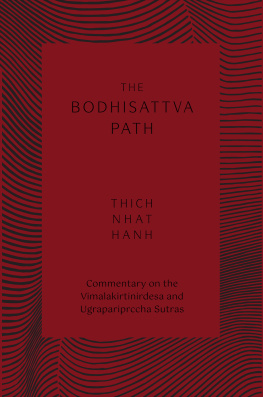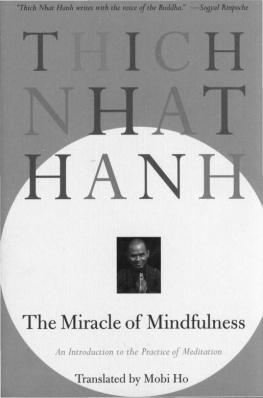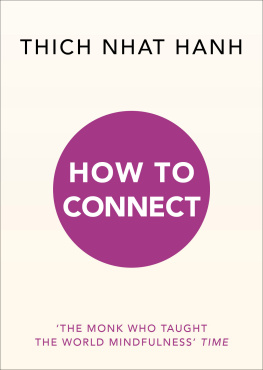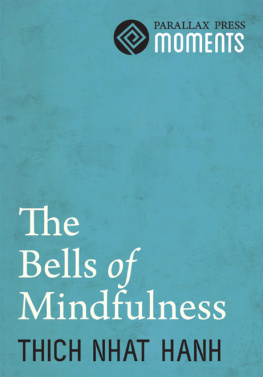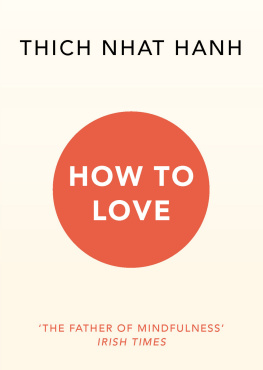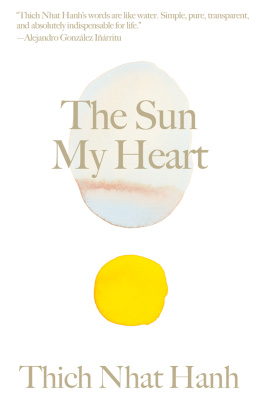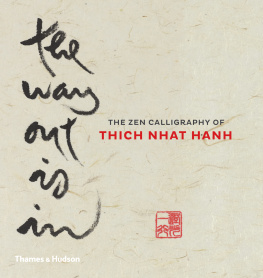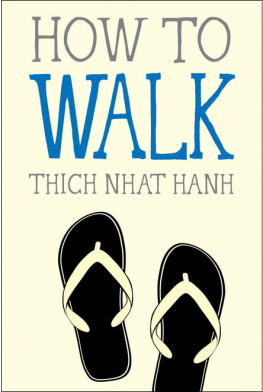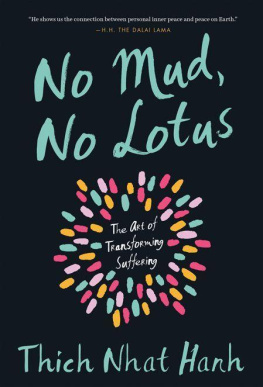Thich Nhat Hanh - How to See
Here you can read online Thich Nhat Hanh - How to See full text of the book (entire story) in english for free. Download pdf and epub, get meaning, cover and reviews about this ebook. year: 2019, publisher: Parallax Press, genre: Religion. Description of the work, (preface) as well as reviews are available. Best literature library LitArk.com created for fans of good reading and offers a wide selection of genres:
Romance novel
Science fiction
Adventure
Detective
Science
History
Home and family
Prose
Art
Politics
Computer
Non-fiction
Religion
Business
Children
Humor
Choose a favorite category and find really read worthwhile books. Enjoy immersion in the world of imagination, feel the emotions of the characters or learn something new for yourself, make an fascinating discovery.
- Book:How to See
- Author:
- Publisher:Parallax Press
- Genre:
- Year:2019
- Rating:5 / 5
- Favourites:Add to favourites
- Your mark:
- 100
- 1
- 2
- 3
- 4
- 5
How to See: summary, description and annotation
We offer to read an annotation, description, summary or preface (depends on what the author of the book "How to See" wrote himself). If you haven't found the necessary information about the book — write in the comments, we will try to find it.
How to See — read online for free the complete book (whole text) full work
Below is the text of the book, divided by pages. System saving the place of the last page read, allows you to conveniently read the book "How to See" online for free, without having to search again every time where you left off. Put a bookmark, and you can go to the page where you finished reading at any time.
Font size:
Interval:
Bookmark:
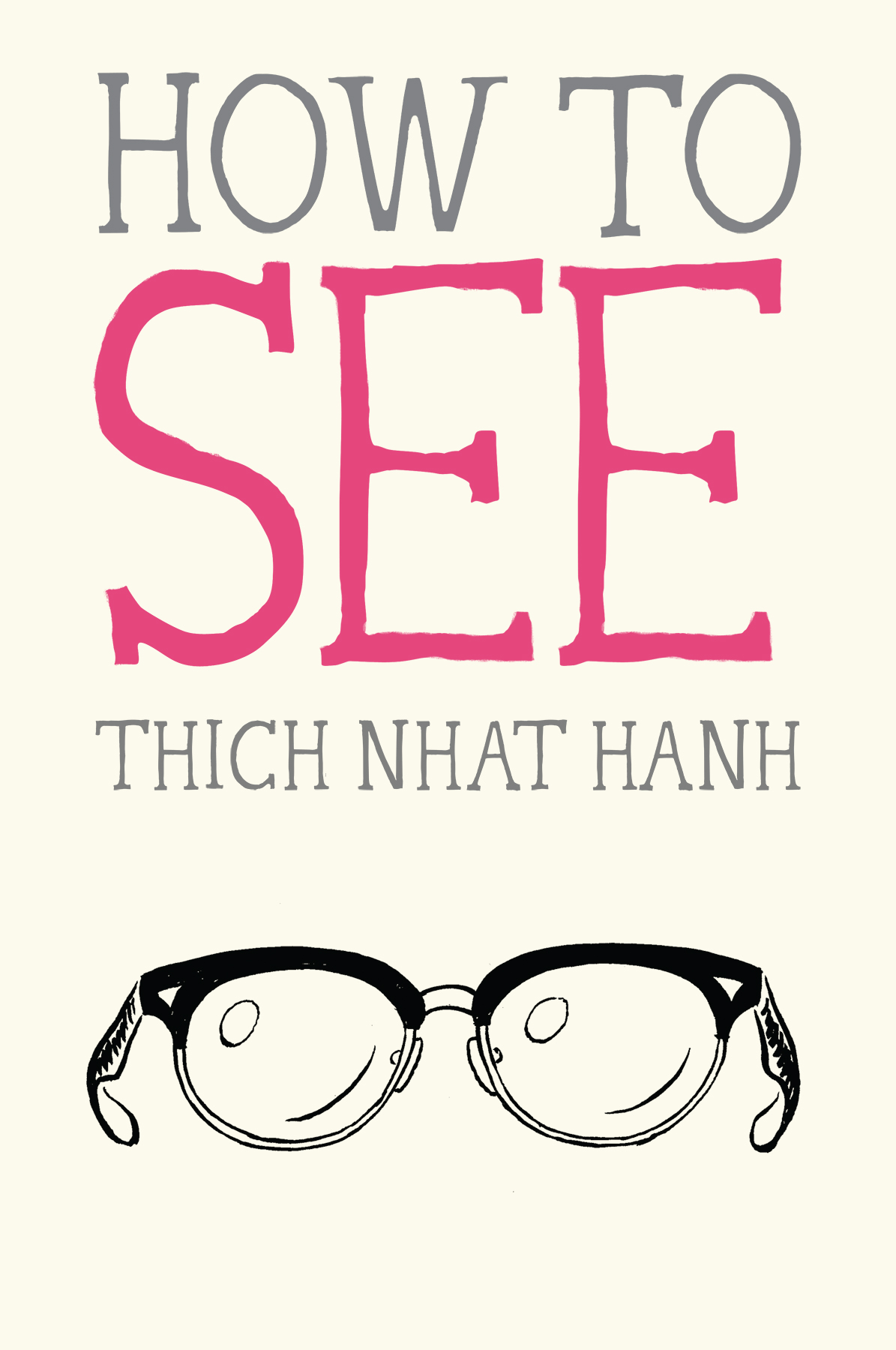
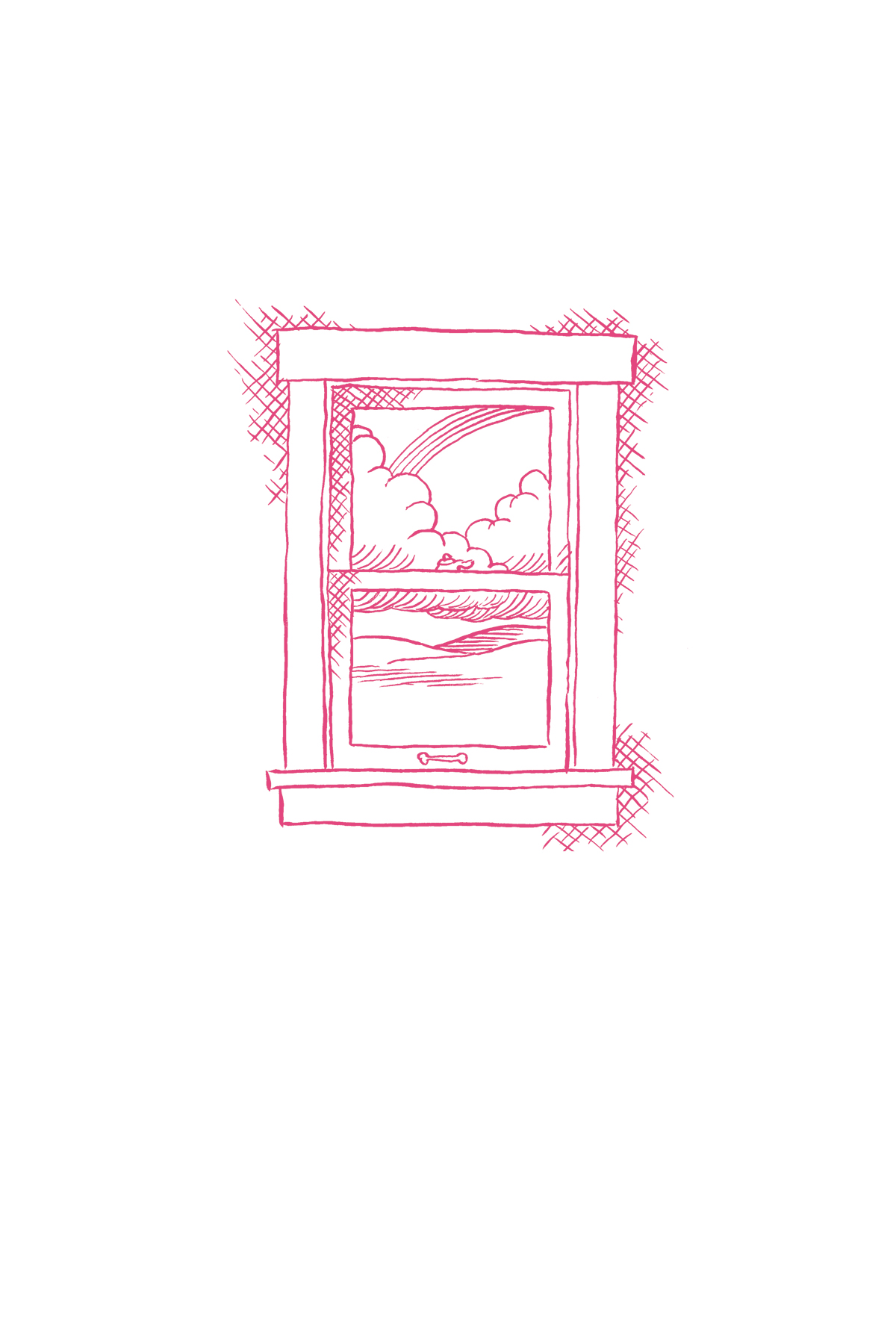
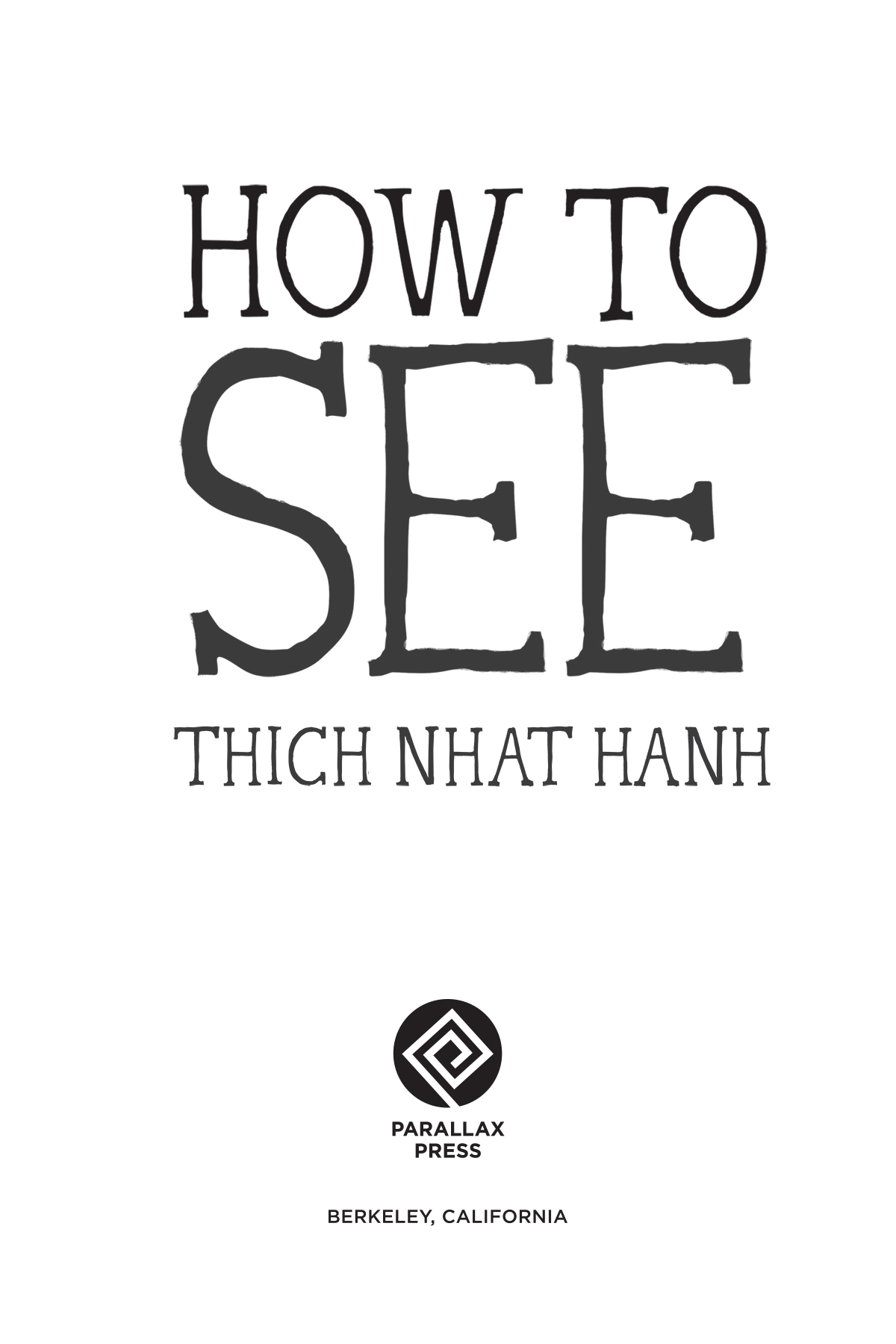
Parallax Press
P.O. Box 7355
Berkeley, California 94707
parallax.org
Parallax Press is the publishing division of Plum Village Community of Engaged Buddhism, Inc.
2017 by Plum Village Community of Engaged Buddhism, Inc.
All rights reserved
Cover and text design by Debbie Berne
Edited by Rachel Neumann
Illustrations by Jason DeAntonis
Ebook ISBN9781946764348
Library of Congress Cataloging-in-Publication Data
Names: Nhat Hanh, Thich, author.
Title: How to see / Thich Nhat Hanh.
Description: Berkeley, California : Parallax Press, 2019. | Includes bibliographical references and index.
Identifiers: LCCN 2019017539 (print) | LCCN 2019021366 (ebook) | ISBN 9781946764348 (ebook) | ISBN 9781946764331 (alk. paper)
Subjects: LCSH: BuddhismPhilosophy. | Buddhist philosophy. | Mindfulness (Psychology)Miscellanea.
Classification: LCC BQ9800.T5392 (ebook) | LCC BQ9800.T5392 N454455 2019 (print) | DDC 294.3/4435dc23
LC record available at https://lccn.loc.gov/2019017539
v5.4
a
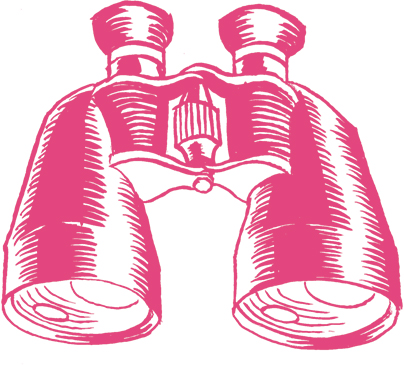
If you are a poet, you will see clearly that there is a cloud floating in this sheet of paper. Without the cloud there can be no rain; without water, the trees cannot grow; and without trees, you cannot make paper. So the cloud is in here. The existence of this page is dependent upon the existence of a cloud. Paper and cloud are so close.
The clear still water of a mountain lake reflects the mountain and the sky with pristine clarity. You can do the same. If you are calm and still enough, you can reflect the mountain, the blue sky, and the moon exactly as they are. You reflect whatever you see just as it is, without distorting anything.
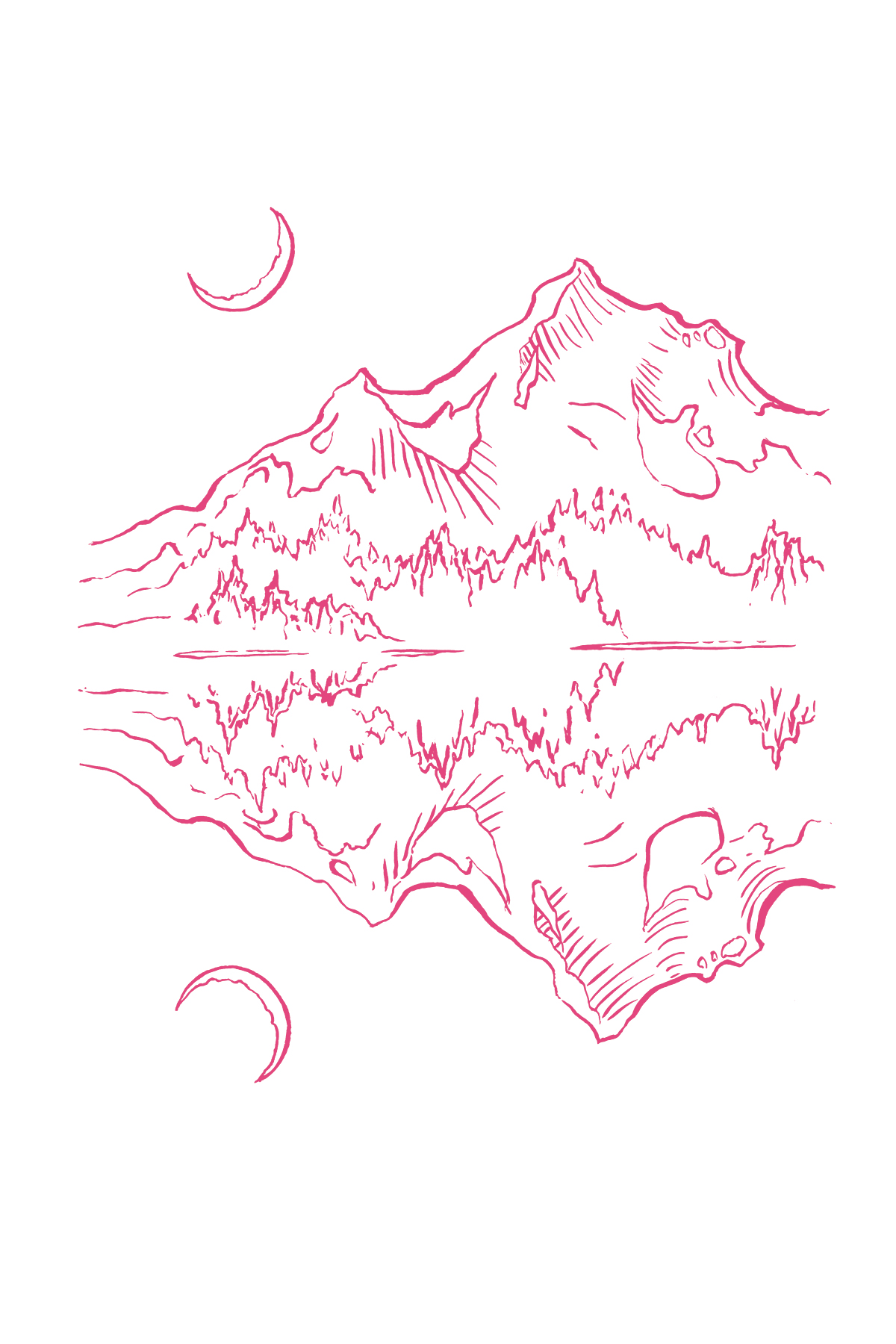
In each of us there is a river of perceptions. Perceptions arise, stay for a period of time, and cease to be. When our mind is not calm, we do not see clearly. Like the surface of a lake on a windy day, the image we see is distorted. Our perceptions are often erroneous, and cause us to suffer and cause others to suffer. It is very helpful to look deeply into the nature of our perceptions, without being too sure of anything. When we are too sure, we suffer. When we ask ourselves, Are you sure? we have a chance to look again and see if our perception is correct or not.
We are convinced that our perceptions are correct and complete, yet often they are not. In the Chinese character for perception, the upper part is sign or appearance, and the lower part is mind. When we perceive something, an image of that thinga signis created in our mind, and in many cases that sign is illusory. It is very easy to confuse our mental image of something with its reality. It is important not to be too sure of our perceptions.
Imagine you are walking in the twilight and you see a snake. You scream and run into the house to get your friends, and all of you rush outside with a flashlight. But when you shine your light on the snake, you discover it isnt a snake at all, its just a piece of rope. Mistaking the rope for a snake is a wrong perception. Mindfulness helps us avoid being caught by our wrong perceptions.
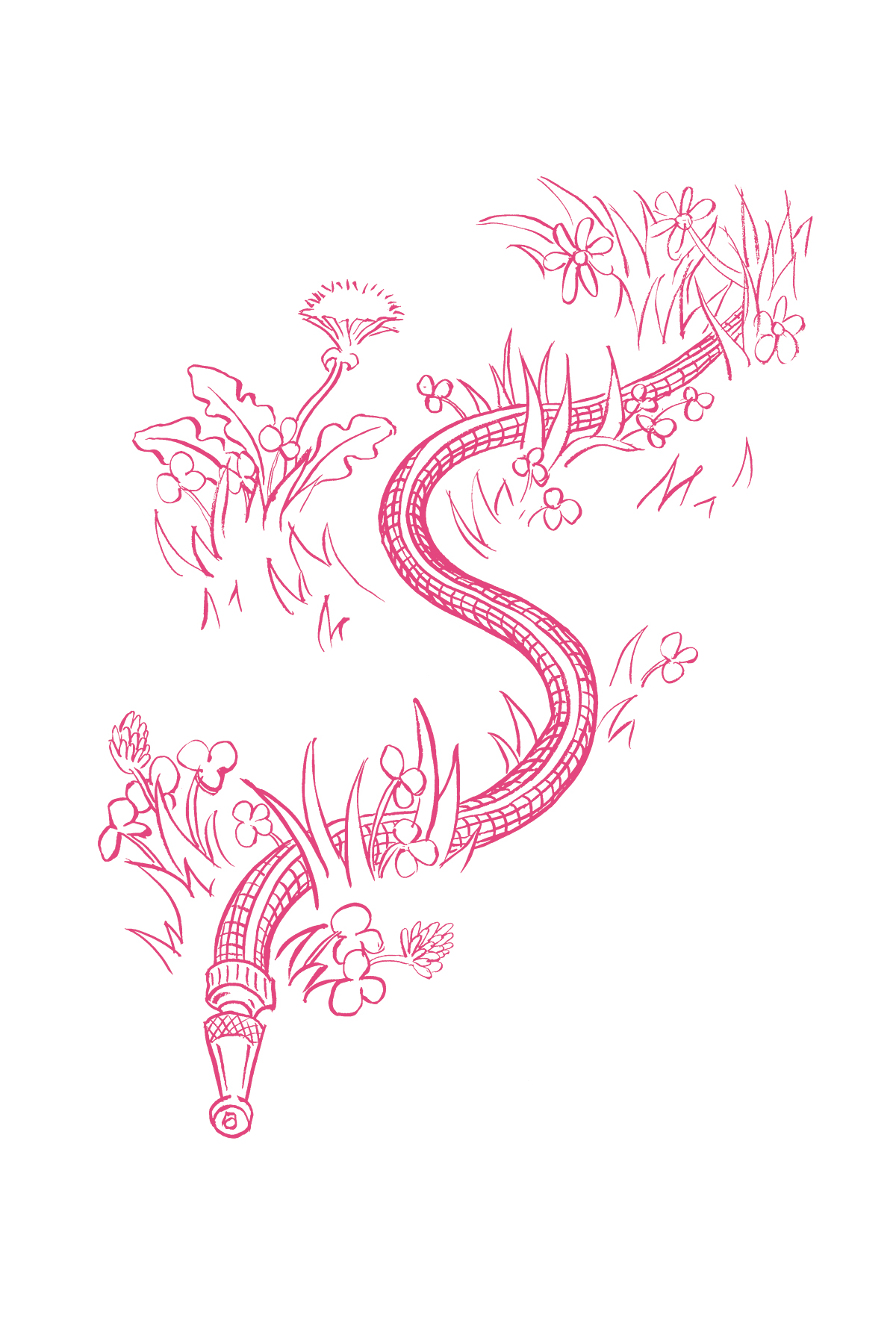
The practice of full awareness is to look deeply in order to see the true nature of things and go beyond our inaccurate perceptions. Seeing a rope as a snake, we may cry out in fear. Fear is a feeling brought about as a result of our wrong perception. Our perceptions are often inaccurate and can bring about strong feelings and reactions and cause much unnecessary suffering. Once we have seen the true nature of the object of our fear, our fear will vanish.
The source of perception, our way of seeing, lies in our unconscious mind. Most of our perceptions are erroneous. They carry with them all the errors of subjectivity. We praise or blame, are happy or complain depending on our perceptions. Our perceptions are made of many things, including our afflictions, such as craving, anger, and ignorance, as well as our habit energies and past experiences. Whether we are happy or whether we suffer depends largely on our perceptions. It is important to look deeply into our perceptions and recognize their source.
One day a farmer went to the field and found that his horse had run away. The people in the village said, Oh, what bad luck! The next day the horse returned with two other horses and the village people said, What good fortune! Then the farmers son was thrown from one of the horses and broke his leg. The villagers expressed their sympathy, How unfortunate. Soon after, a war broke out and young men from the village were being drafted. But because the farmers son had a broken leg, he was the only one not drafted. Now the village people told the farmer that his sons broken leg was really good luck.
It is not possible to judge any event as simply fortunate or unfortunate, good or bad, as this age-old story shows. You must travel throughout all of time and space to know the true impact of any event. Every success contains some difficulties, and every failure contributes to increased wisdom or future success. Every event is both fortunate and unfortunate. Fortunate and unfortunate, good and bad, these concepts exist only in our perceptions.
Imagine a cloud transforming herself into rain. The rain will nourish many trees and plants. We should be able to recognize the cloud in its new forms as trees and plants of many kinds. Looking deeply into the rain, ice, or snow, we can recognize the cloud. Looking deeply into your tea, you can recognize the cloud. When you drink your tea mindfully, you know you are drinking a cloudhow wonderful! When children eat an ice cream, they are also eating a cloud. This is the way we train ourselves to look at reality, with the eye of formlessness, signlessness; it means transcending the appearance, the sign, to touch the ultimate reality. If you dont have the eyes of signlessness you cannot recognize the cloud in your tea, in your ice cream, in the rain, or in the vegetables. We can all train ourselves to look with the eyes of signlessness.

Font size:
Interval:
Bookmark:
Similar books «How to See»
Look at similar books to How to See. We have selected literature similar in name and meaning in the hope of providing readers with more options to find new, interesting, not yet read works.
Discussion, reviews of the book How to See and just readers' own opinions. Leave your comments, write what you think about the work, its meaning or the main characters. Specify what exactly you liked and what you didn't like, and why you think so.

